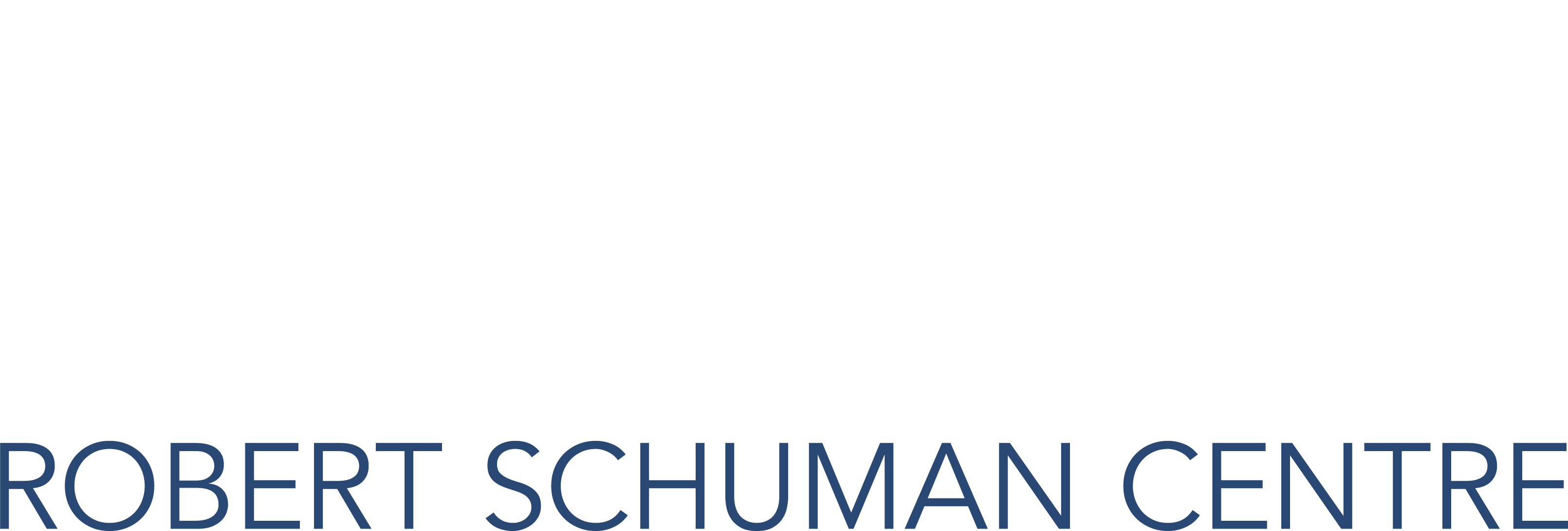EU Methane legislation is expected in December
This is the third installment of the Topic of the Month: Decarbonising Gas Markets
There is no doubt that a historical new regulatory element in the legislative package to achieve carbon neutrality by 2050 will be proposed to the EU legislators in December. With this, the EU is confirming that the actions to substantially decrease second most important GHG, methane, are needed. Methane is responsible for at least a quarter of manmade climate impact and new research suggests that the impact of methane and the size and dynamics of methane emissions have been seriously underestimated[1]. Energy, agriculture, and waste sectors are the main culprits with the potential of most rapid and cost-efficient savings being in the energy sector. This explains the particular focus of upcoming legislation on the energy sector.
The success of the EU Methane Strategy
The European Commission has published Methane Strategy in October 2020[2]. One of the key objectives of this Strategy was to put in place EU obligations on companies to mitigate methane emissions across different segments of the energy supply chain (oil, gas and coal supply and use chains, including biomethane injected into gas systems). It was well received by the stakeholders and general public. The European Parliament has adopted a resolution on 21 October 2021 on an EU strategy to reduce methane emissions[3]. The adopted resolution calls on the Commission to propose fair, comprehensive and clear legislative framework, setting binding measures and methane reduction targets covering all sectors. Parliament also calls to make all fossil fuel imports into the Union conditional on their compliance with EU regulations on MRV and LDAR and the resolution expresses its support for mandatory MRV and LDAR for coal mine methane emissions and to take measures related to the abandoned mines. It is fair to say that European Parliament calls for stronger actions compared to the announced measures in the EU Methane Strategy. The way to the new legislation is open.
We can anticipate a legislative proposal on MRV, LDAR programmes, venting and flaring covering methane emissions in the energy sector.
Measurement, Reporting, and Verification
“…we all know that only what gets measured gets done”, said President of the European Commission Ursula von der Leyen at announcing the Global Methane Pledge at COP26 in Glasgow[4]. One area of upcoming methane legislation will focus on improving the accuracy of the exact amounts and main sources of emissions, so called MRV (measurement, reporting and verification). High quality and verifiable methane emissions data is a key enabler for the methane mitigation actions. To accurately quantify methane emissions the measurement at the source level should be combined with site level measurements and modelling. Methane emissions reporting should be enough granular and transparent, it should be enough standardised for comparability and validated through qualified and independent third party. The Oil and Gas Methane Partnership (OGMP) has developed a methane emissions reporting framework that addresses most of the EU objectives with regards to a modern MRV framework. It integrates measurements into emissions estimates, it provides for improved granularity and ensures comparability of reporting. It could be expected that proposal on the MRV framework will be based on OGMP 2.0 reporting framework and potentially extended to both operating and abandoned coal mines.
Leak Detection and Repair
The legislative proposal will include obligations to improve the leak detection and repair from all fossil energy installations (LDAR). LDAR programs is one of the main methane emissions mitigation strategy. Oil and gas sector companies as a rule have LDAR programs in place for safety reasons. They are used to identify and support the repair of equipment or infrastructure that can be a source of emissions due to leaks from pressurised equipment. It is accomplished by a periodic inspection survey to identify leaks, followed by repair of any found leaks. In many cases they serve also for methane emissions mitigation. LDAR practices are based on assessments of the risks of equipment failures and national requirements. The majority of the EU Member States have not set binding rules on LDAR programs specific to methane emissions. IEA has indicated that LDAR policies may address frequency and method of inspections, classification of equipment, leak thresholds for triggering repair and time for repair[5]. That would require firm but flexible enough regulation for defining thresholds, instruments to be used, frequencies of programs applied and reporting obligations.
Venting and flaring
Flaring and venting are the largest sources of methane emissions in the upstream oil and gas sector, but venting remains a challenge in other parts of value chain. The reasons for flaring and venting are primarily for safety, but it could also be related to the lack of economic incentives. Additional challenge is that flare destruction efficiency in many cases isn’t sufficiently high. The EU Methane Strategy aims at eliminating routine flaring and venting. The requirements to reduce venting and flaring should include effective measurement and reporting and strong oversight to ensure continuous improvement. Economic incentives to encourage productive use of gas could also play a significant role.
The suspense around the external dimension
The suspense remains over the scope of proposals to limit methane emissions along the fossil fuel value chains outside the borders of the European Union. As one of the largest fossil fuel importers, EU can have a substantial impact on the environmental footprint of the fossil fuels imported into the EU. The EU has created conditions for the establishment of the International Methane Emissions Observatory, but more decisive actions can be proposed, like the disclosure of GHG content of the fossil fuels imported.
National Regulatory Authorities on board
An advantage of the legislative proposal is that Europe’s energy regulators have already provided their views[6]. They advise starting with prescriptive regulation and only in the next stage to move towards performance-based regulation. The prescriptive regulation should be proportional to the expected emissions mitigation result, tracing the emissions should be done through the entire value chain. NRAs are strongly in favour of including biomethane and synthetic methane under the scope of the legislation. The European regulators are supporting EU-level harmonised approach to methane emission monitoring and detection, leak detection and repair programmes, and verification of methane emissions being assigned to the independent agency of the EU. One of the most challenging issues is the cost recovery for the regulated companies. Mitigation of methane emissions provides that there will be more commodities to be sold in the market. This is strengthening the traditional regulators’ approach that the need for cost recovery should be subject to cost efficiency and cost-effectiveness principles. The harmonised regulatory approach at the EU level will help, also for supporting early starters. Part of the European industry is already taking some measures for better MRV and mitigation.
Fast track adoption could be envisaged
The methane emissions regulation process so far hasn’t brought on the surface major controversies, also European regulators are well aware of upcoming legislation. This creates preconditions for the legislators to agree on swift adoption of legislation and on short implementation deadlines. Methane is a very potent GHG, and its emissions mitigation provides excellent support for succeeding in limiting global warming by 1.5 degrees Celsius.
Initiatives beyond the energy sector are slow
Substantial reduction of methane emissions will also require revision of the environmental legislation like the Landfill Directive, the Sewage Sludge Directive, the Urban Waste Directive, and the Industrial Emissions Directive. After the energy sector, the waste sector provides good opportunities to slash down methane emissions. At this stage, the most challenging is the agriculture sector. The European Commission encourages Member States to include methane reduction schemes in their CAP plans. Common Agriculture Policy provides financial support for the mitigation actions in the livestock sector like the modernisation of animal housing through the rural development programs. Hopefully, the success of methane mitigation in the energy sector will provide an indirect incentive to be more ambitious in other sectors.
Read the previous installments
Between two regulatory packages: Fit for 55 debate is paving the way to the EU Hydrogen Package
[1] Rutherford, J.S., Sherwin, E.D., Ravikumar, A.P. et al. Closing the methane gap in US oil and natural gas production emissions inventories. Nat Commun 12, 4715 (2021). https://doi.org/10.1038/s41467-021-25017-4.
[2] Com/2020/663 final
[3]P9_TA(2021)0436
[4] Speech by President von der Leyen on the launch of the Global Methane Pledge, 2 November 2021.
[5] IEA(2021) Driving down methane leaks from oil and gas industry. A Regulatory roadmap and toolkit.
[6] Rules to prevent methane leakage in the Energy Sector, ACER&CEER, 2021







